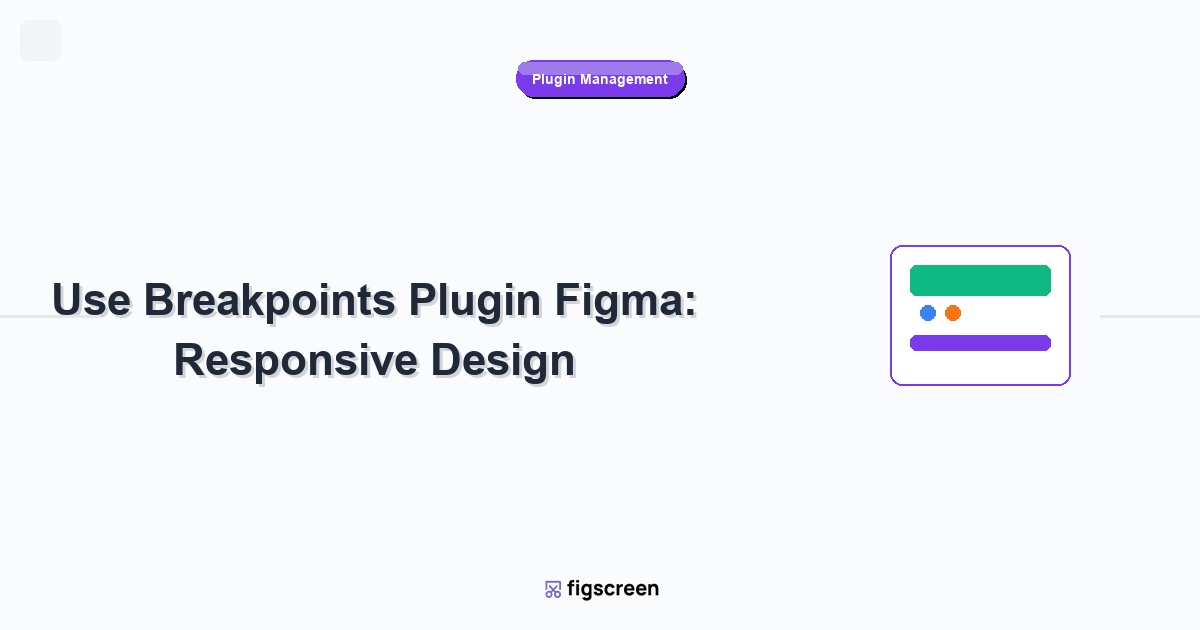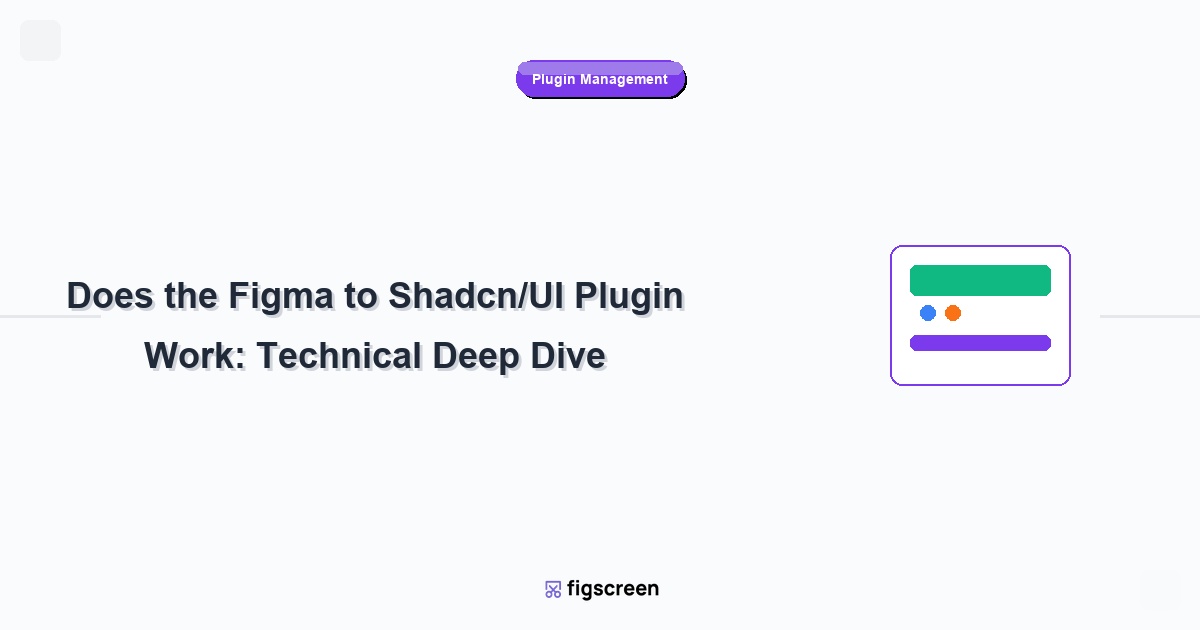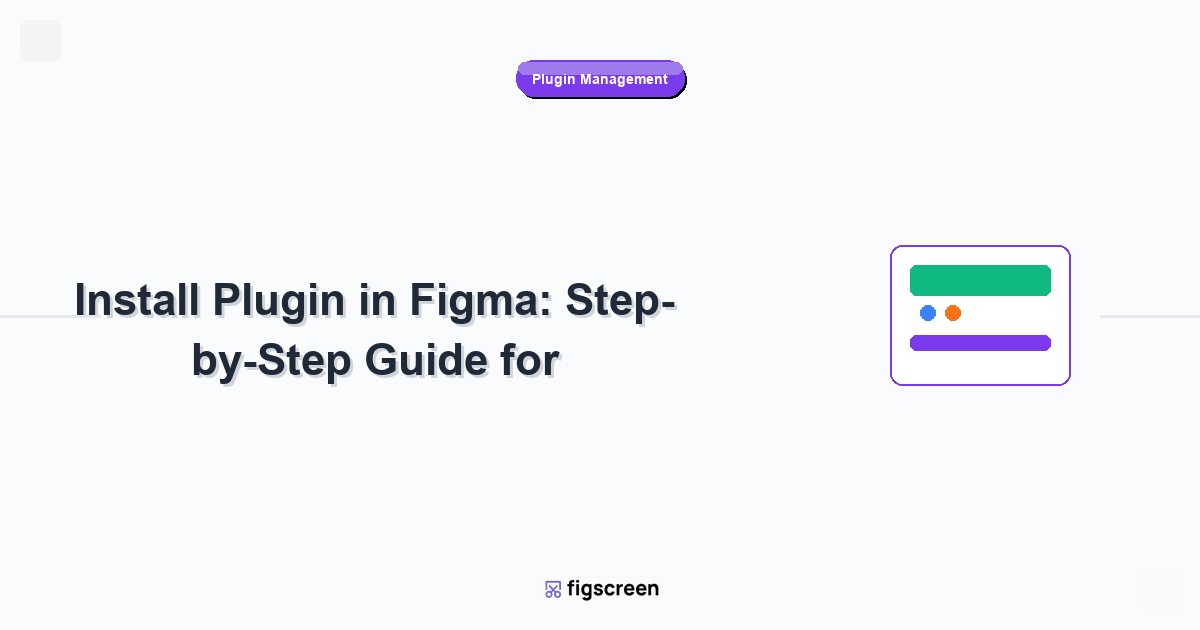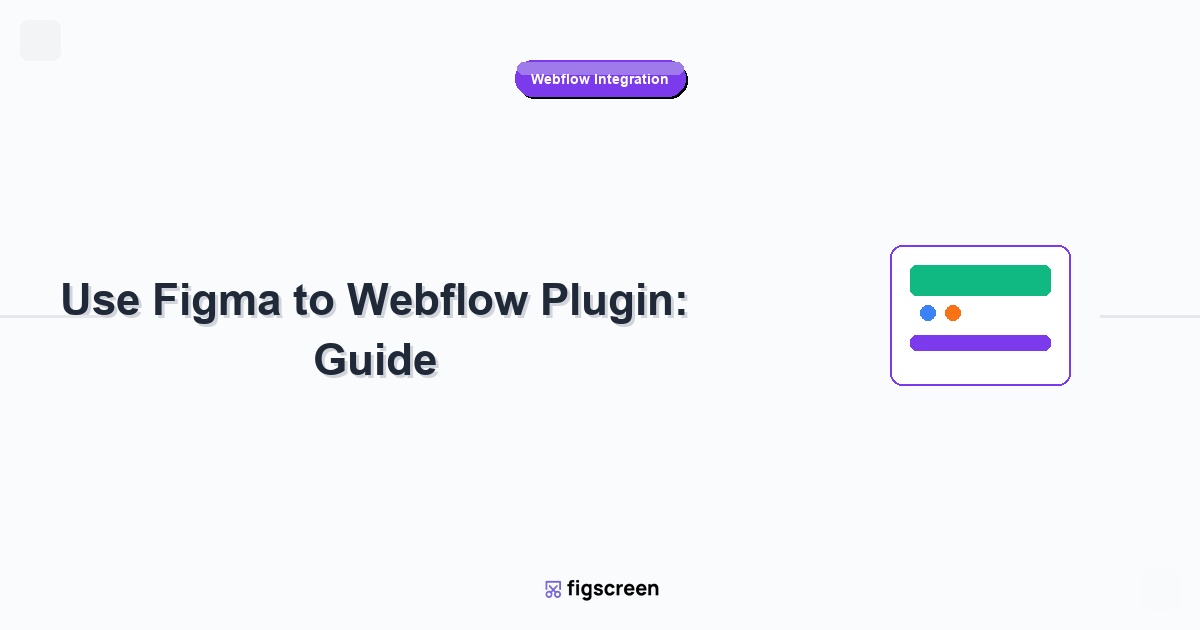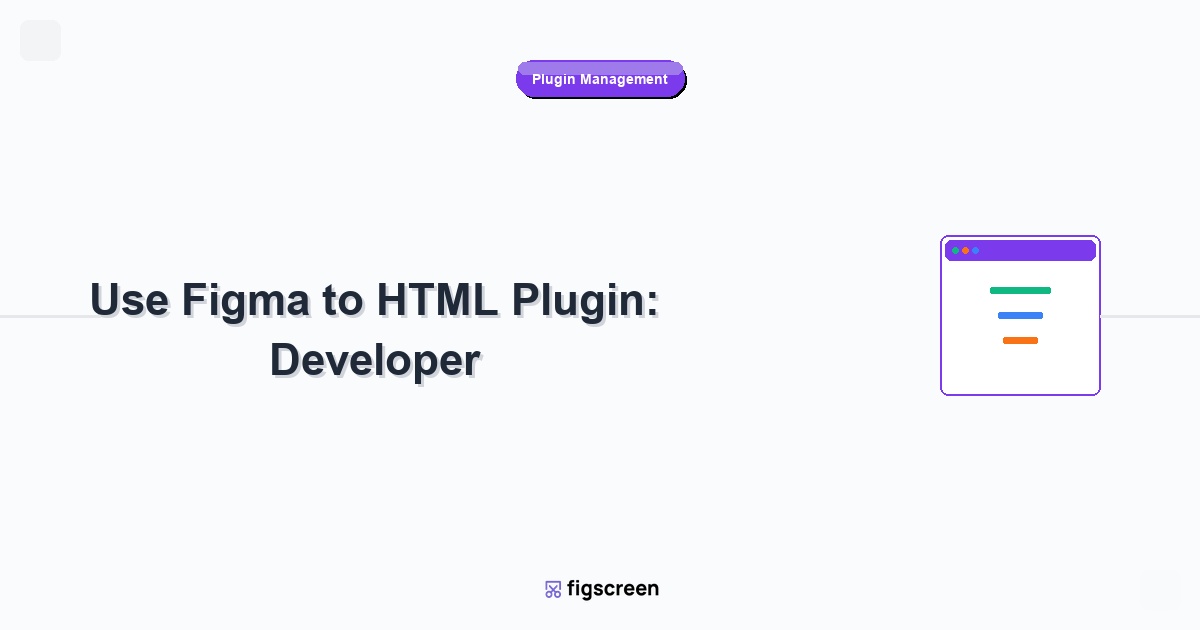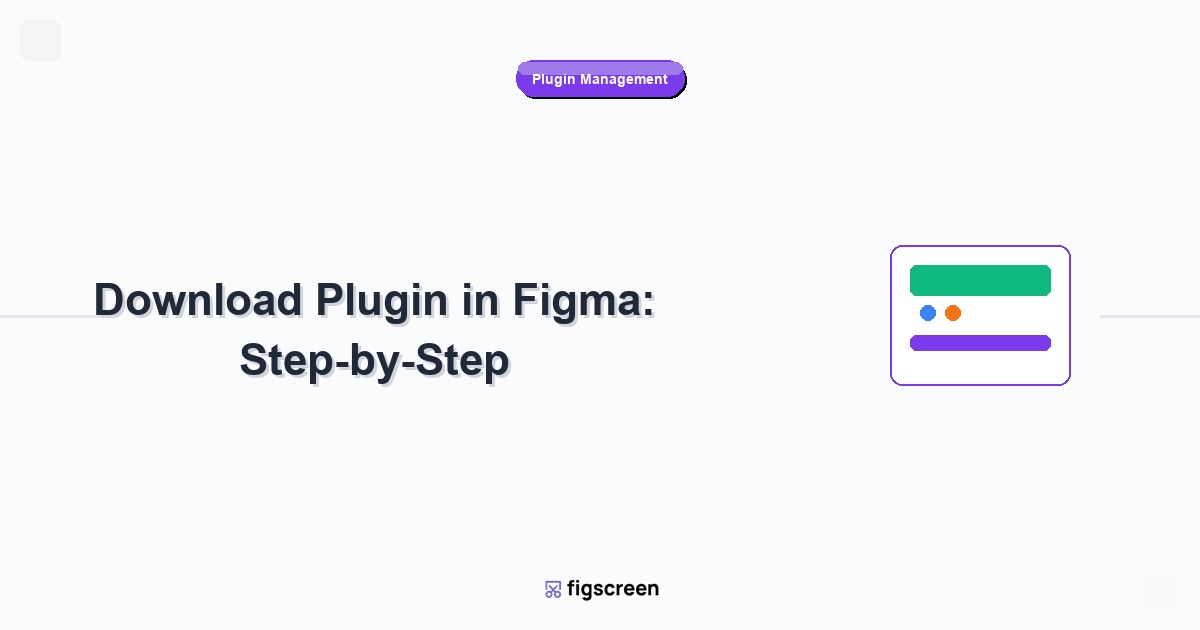Responsive design is essential in today’s multi-device world, and breakpoints plugins for Figma make it easier than ever to create designs that work seamlessly across all screen sizes. Whether you’re designing for mobile phones, tablets, desktops, or emerging device types, understanding how to use breakpoints effectively will elevate your design workflow and ensure consistent user experiences across all platforms.
Understanding Responsive Design and Breakpoints
What Are Breakpoints in Design?
Breakpoints are specific screen widths where your design layout changes to accommodate different device sizes:
- Mobile Breakpoint – Typically 320px to 768px for phones
- Tablet Breakpoint – Usually 768px to 1024px for tablets
- Desktop Breakpoint – Generally 1024px and above for computers
- Large Desktop – 1440px+ for large monitors and displays
- Custom Breakpoints – Specific sizes for unique requirements
Why Breakpoints Matter
Proper breakpoint implementation ensures optimal user experience:
- Content Readability – Text and images remain legible at all sizes
- Navigation Usability – Interface elements are accessible across devices
- Performance Optimization – Appropriate content delivery for each device
- Brand Consistency – Maintain visual identity across all screen sizes
Popular Breakpoints Plugins for Figma
Figma’s Native Auto Layout
Figma’s built-in responsive features:
- Auto Layout Containers – Automatically adjust to content changes
- Constraints – Define how elements respond to container size changes
- Grid Systems – Create responsive grid layouts
- Component Variants – Different component versions for different breakpoints
Breakpoints Plugin by Thomas Lowry
A dedicated plugin for responsive design testing:
- Quick Breakpoint Testing – Instantly resize frames to common breakpoints
- Custom Breakpoint Sets – Define your own breakpoint collections
- Batch Processing – Apply breakpoints to multiple frames simultaneously
- Preset Collections – Popular device and framework breakpoints included
Responsively Plugin
Comprehensive responsive design testing:
- Device Previews – Preview designs on actual device dimensions
- Orientation Testing – Test both portrait and landscape orientations
- Real Device Metrics – Use accurate device specifications
- Comparison Views – See multiple breakpoints simultaneously
Installing Breakpoints Plugins
Plugin Installation Process
Add breakpoints plugins to your Figma toolkit:
- Open Figma Community – Navigate to the Community tab
- Search for Breakpoints Plugins – Use keywords like “breakpoints,” “responsive,” or “device testing”
- Review Plugin Options – Compare features and user reviews
- Install Selected Plugins – Add chosen plugins to your account
- Verify Installation – Confirm plugins appear in your Actions menu
Recommended Plugin Setup
Essential plugins for comprehensive responsive design:
- Primary: Breakpoints by Thomas Lowry – For quick breakpoint testing
- Secondary: Responsively – For detailed device previews
- Utility: Device Frames – For realistic device mockups
- Advanced: Anima – For true responsive behavior testing
Setting Up Your First Responsive Design
Planning Your Breakpoint Strategy
Before implementing breakpoints, plan your responsive approach:
- Analyze Your Audience – Understand which devices your users prefer
- Define Key Breakpoints – Choose the most important screen sizes
- Content Priority – Identify which content is most important at each size
- Navigation Strategy – Plan how navigation will adapt
- Performance Considerations – Consider loading times and image sizes
Creating Your Base Design
Start with a solid foundation for responsive adaptation:
- Choose Starting Point – Begin with desktop or mobile-first approach
- Use Auto Layout – Implement Figma’s Auto Layout for flexible containers
- Set Up Grid Systems – Create consistent spacing and alignment
- Define Components – Build reusable components that can adapt
- Organize Layers – Structure files for easy responsive modifications
Using Breakpoints Plugins Effectively
Quick Breakpoint Testing Workflow
Test your designs across different breakpoints efficiently:
- Select Your Frame – Choose the frame you want to test
- Open Breakpoints Plugin – Launch from Actions > Plugins menu
- Choose Breakpoint Set – Select predefined or custom breakpoints
- Apply Breakpoint – Resize frame to chosen breakpoint
- Adjust Layout – Modify design elements for the new size
- Test Next Breakpoint – Repeat for all relevant screen sizes
Creating Custom Breakpoint Sets
Define breakpoints that match your specific project needs:
- Brand Guidelines – Use breakpoints that match your brand standards
- Framework Alignment – Match popular CSS frameworks (Bootstrap, Tailwind)
- Device-Specific – Target specific devices your audience uses
- Content-Based – Set breakpoints based on when content needs to adapt
Advanced Responsive Design Techniques
Mobile-First Design Approach
Start with mobile and scale up for better responsive design:
- Design for Mobile First – Begin with the smallest screen size
- Prioritize Content – Focus on essential content and functionality
- Progressive Enhancement – Add features as screen space increases
- Touch-Friendly Interface – Ensure all elements are easily tappable
- Performance Focus – Optimize for slower mobile connections
Desktop-First Design Approach
Alternative approach starting with desktop layouts:
- Complex Layout Design – Take advantage of larger screen real estate
- Rich Interactions – Design sophisticated hover states and interactions
- Content Density – Display more information simultaneously
- Progressive Simplification – Remove or simplify elements for smaller screens
Component-Based Responsive Design
Create responsive components that work across all breakpoints:
- Responsive Components – Build components that adapt to container size
- Variant Systems – Create component variants for different breakpoints
- Smart Defaults – Use Auto Layout and constraints effectively
- Flexible Typography – Design text that scales appropriately
Testing and Validation
Multi-Device Testing Workflow
Validate your responsive designs across various devices:
- Test All Major Breakpoints – Verify design works at each breakpoint
- Check In-Between Sizes – Test sizes between major breakpoints
- Validate Interactions – Ensure all interactive elements work properly
- Content Flow Testing – Verify content remains readable and organized
- Performance Check – Consider loading times and resource usage
Common Responsive Design Issues
Identify and fix typical responsive design problems:
- Content Overflow – Text or images breaking out of containers
- Touch Target Size – Buttons too small for mobile interaction
- Navigation Problems – Menu systems that don’t work on smaller screens
- Image Scaling Issues – Images that don’t resize appropriately
- Typography Problems – Text that’s too small or too large at certain sizes
Optimizing for Different Device Types
Mobile Device Optimization
Design specifically for mobile user needs:
- Thumb-Friendly Navigation – Place important actions within thumb reach
- Simplified Interfaces – Reduce complexity for small screens
- Fast Loading – Optimize for slower mobile connections
- Portrait and Landscape – Design for both orientations
- Gesture Support – Consider swipe and tap gestures
Tablet-Specific Considerations
Address unique tablet usage patterns:
- Hybrid Layouts – Balance between mobile and desktop approaches
- Touch and Mouse Support – Design for both input methods
- Split-Screen Usage – Consider how design works in split-screen modes
- Reading Distance – Optimize for typical tablet viewing distances
Desktop and Large Screen Design
Maximize large screen real estate effectively:
- Information Density – Display more content without overwhelming users
- Multi-Column Layouts – Use horizontal space effectively
- Advanced Interactions – Implement sophisticated hover states
- Keyboard Navigation – Ensure excellent keyboard accessibility
Collaboration and Handoff
Designer-Developer Communication
Effectively communicate responsive design decisions:
- Document Breakpoints – Clearly specify all breakpoint dimensions
- Explain Behavior – Describe how elements should adapt
- Provide Examples – Show designs at multiple breakpoints
- Edge Case Guidance – Address what happens at unusual screen sizes
- Performance Notes – Include optimization requirements
Creating Responsive Design Systems
Build comprehensive systems that support responsive design:
- Responsive Grid Systems – Define how layouts adapt across breakpoints
- Component Breakpoint Rules – Specify how each component responds
- Typography Scale – Define text sizing across different screens
- Spacing Systems – Set consistent spacing that adapts responsively
- Documentation – Create clear guidelines for responsive implementation
Performance Optimization
Optimizing Responsive Images
Ensure images work well across all breakpoints:
- Multiple Image Sizes – Provide different image sizes for different breakpoints
- Appropriate Formats – Use WebP, AVIF, or other modern formats when possible
- Lazy Loading – Load images only when needed
- Art Direction – Use different crops or compositions for different sizes
- Compression Optimization – Balance quality and file size
Performance Testing Across Breakpoints
Ensure fast loading times at all screen sizes:
- Mobile Performance – Test on slower mobile connections
- Critical Path Optimization – Prioritize above-the-fold content
- Resource Loading – Load only necessary resources for each breakpoint
- Cache Strategy – Plan effective caching for responsive assets
Advanced Breakpoint Strategies
Container-Based Breakpoints
Use container queries for more flexible responsive design:
- Component-Level Responsiveness – Components adapt to their container size
- Flexible Layouts – Less dependence on viewport size
- Reusable Components – Components work in various layout contexts
- Future-Proof Design – Prepare for container query adoption
Progressive Enhancement Approach
Build robust experiences that enhance with capability:
- Core Functionality First – Ensure basic functionality works everywhere
- Enhanced Experiences – Add advanced features for capable devices
- Graceful Degradation – Provide fallbacks for limited devices
- Feature Detection – Enhance based on device capabilities
Future of Responsive Design
Emerging Device Types
Prepare for new device categories and screen sizes:
- Foldable Devices – Design for screens that change size dynamically
- Wearable Interfaces – Consider very small screen design
- Large Format Displays – Design for very large screens and digital signage
- Voice-First Interfaces – Consider how visual design supports voice interaction
Advanced CSS Features
Stay current with new responsive design capabilities:
- Container Queries – Element-based responsive behavior
- Intrinsic Web Design – More flexible layout approaches
- Advanced Grid Systems – Sophisticated CSS Grid capabilities
- Dynamic Viewport Units – Better mobile viewport handling
Troubleshooting Common Issues
Plugin Performance Problems
Resolve issues with breakpoints plugins:
- Slow Rendering – Reduce design complexity or close unused plugins
- Inaccurate Sizing – Check plugin settings and Figma zoom levels
- Plugin Conflicts – Disable conflicting plugins temporarily
- Memory Issues – Restart Figma if plugins become unresponsive
Design Adaptation Challenges
Address common responsive design implementation issues:
- Content Overflow – Adjust layouts and use appropriate constraints
- Spacing Inconsistencies – Establish and follow spacing rules
- Component Variants – Create appropriate component variations
- Navigation Complexity – Simplify navigation for smaller screens
Conclusion
Mastering breakpoints plugins and responsive design principles in Figma is essential for creating modern, user-friendly digital experiences. By understanding how to effectively use these tools and implementing responsive design best practices, you’ll create designs that work beautifully across all devices and screen sizes.
Remember that responsive design is not just about making things fit different screen sizes—it’s about creating optimal experiences for each device type and usage context. Start with a solid understanding of your users’ needs, implement thoughtful breakpoint strategies, and always test your designs across real devices to ensure the best possible user experience.
Test Your Responsive Designs in Real Context
While breakpoints plugins help you design responsively, Figscreen lets you capture and analyze how real websites handle responsive design, providing inspiration and validation for your own responsive strategies.
